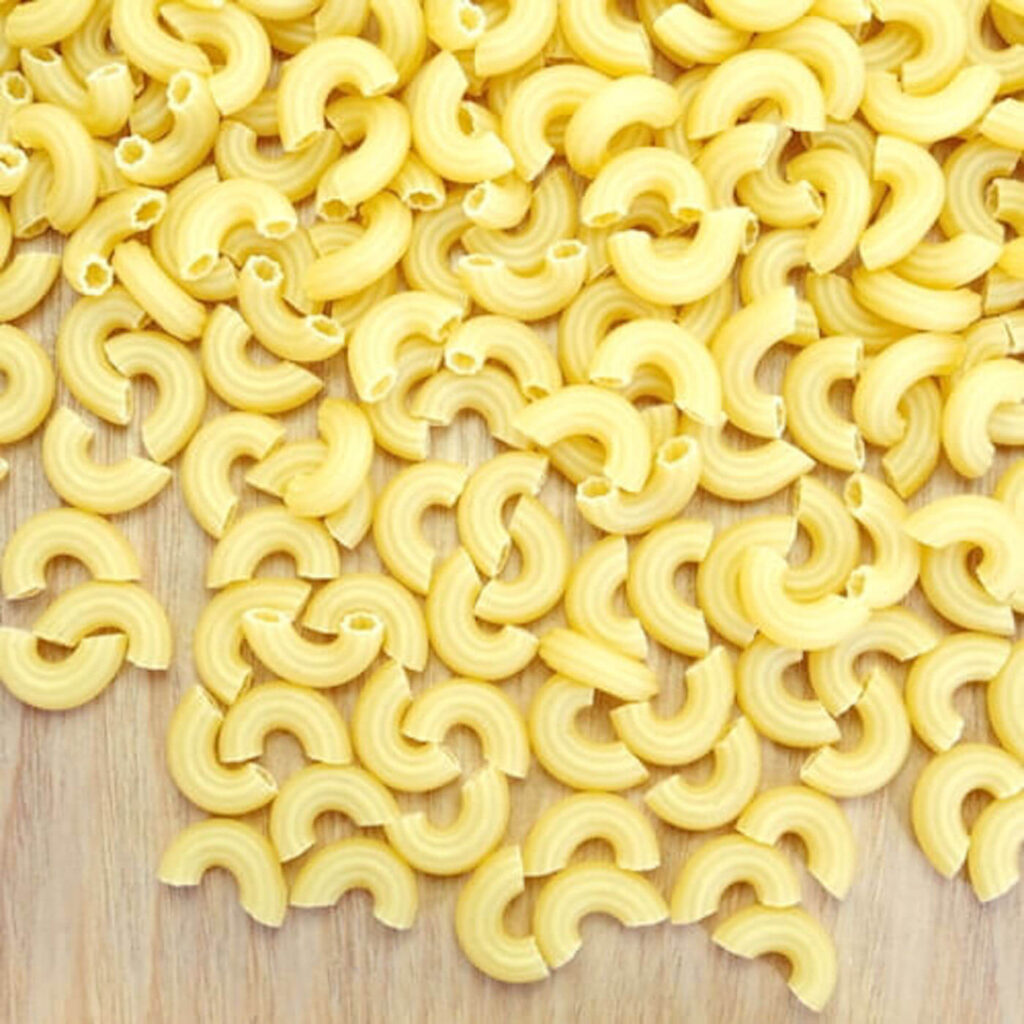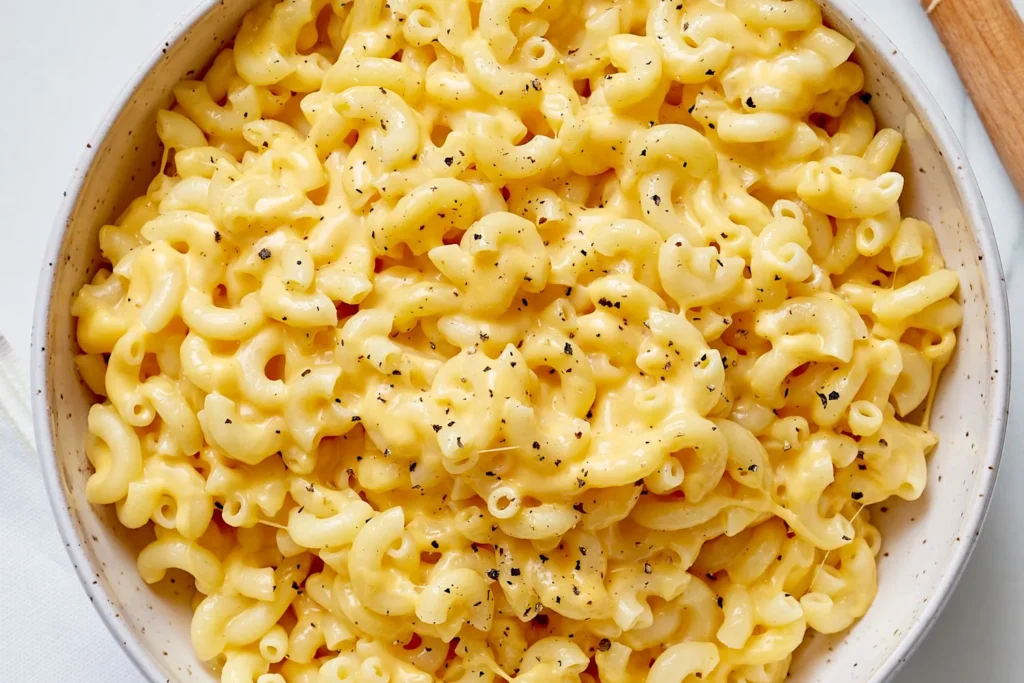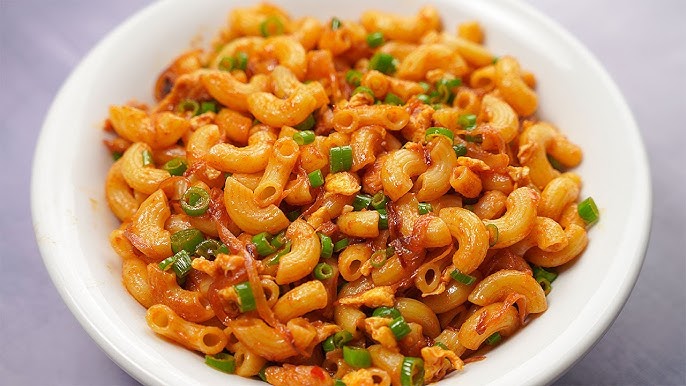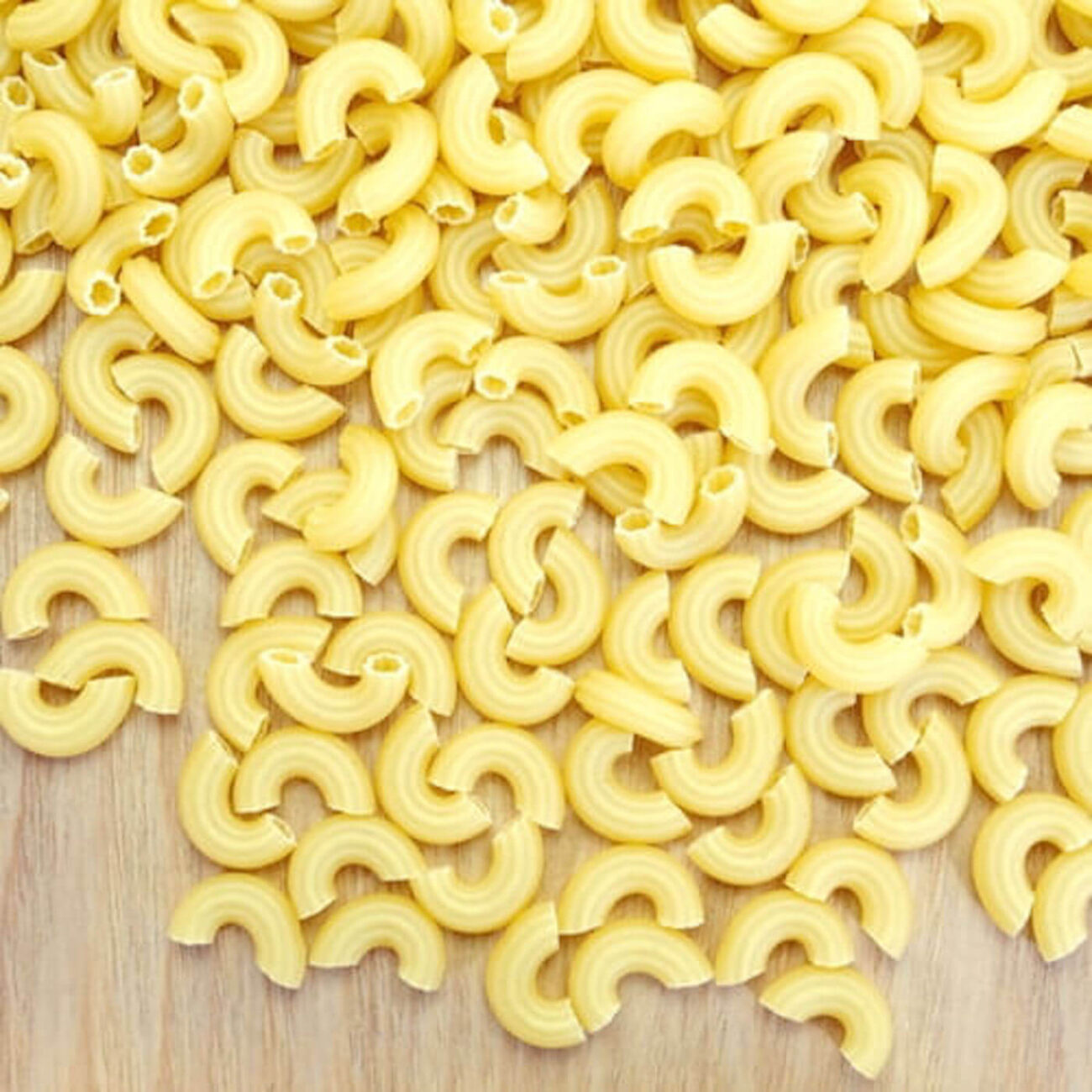
In this article, we’ll explore the rich history, various types, health benefits, popular recipes, cooking techniques, cultural adaptations, and pro tips to make your macaroni dishes unforgettable. Packed with power-packed insights and practical advice, this is your go-to resource for mastering macaroni. Let’s embark on this delicious journey!
Macaroni’s journey to America is equally intriguing. Thomas Jefferson, a pasta enthusiast, brought a macaroni machine from Europe in the late 18th century. His enslaved chef, James Hemings, mastered the dish in France and introduced it to American tables. Jefferson served macaroni at Monticello, popularizing it among the elite. By the 19th century, macaroni and cheese became a beloved American comfort food, with recipes appearing in cookbooks like the 1845 version that emphasized baking for a crispy top.
In Britain, macaroni cheese has deep roots too, emigrating with settlers to the US and Canada. The dish’s origins link to medieval English cheese and pasta casseroles. Even ancient Romans enjoyed similar combinations as early as 160 BCE.
Today, macaroni symbolizes comfort and versatility. From industrial production in the 20th century to gourmet twists, its evolution reflects human ingenuity. For more on pasta’s global impact, visit Wikipedia’s page on macaroni. If you’re exploring historical recipes, our internal archive of vintage dishes has plenty to inspire.
This historical backdrop sets the stage for understanding macaroni’s enduring appeal. Next, let’s delve into the diverse shapes and forms that make macaroni so adaptable.
Exploring Different Types of Macaroni
Macaroni isn’t a one-size-fits-all pasta; it’s a family of shapes designed for specific sauces and dishes. In the US, federal regulations define macaroni as curved or straight tubular pasta, including elbow macaroni, spaghetti, and vermicelli under the “macaroni products” label. But globally, “macaroni” often refers specifically to elbow-shaped pasta, perfect for trapping sauces.
The classic elbow macaroni is the star of mac and cheese, with its curved tubes holding creamy goodness. Variations include large elbows for heartier casseroles and small ones for soups. Then there’s straight macaroni, resembling ziti but shorter, ideal for baked dishes.
Beyond elbows, macaroni encompasses ridged types like rigatoni – wide tubes with ridges for gripping chunky sauces. Lumache, or snail shells, are macaroni-like with a curved, shell shape that scoops up ingredients beautifully. Cavatappi, a corkscrew version, adds fun texture to salads.

Whole-grain macaroni offers a nuttier flavor and more fiber, while gluten-free options use rice or corn. Flavored varieties, like spinach or tomato-infused, add color and nutrients.
In Italian tradition, “maccheroni” can mean various tubular pastas, from handmade to extruded. For a visual guide, see this comprehensive pasta shapes list. Our internal pasta buying guide can help you choose the best for your needs.
Understanding these types empowers you to experiment boldly. Whether baking or tossing in salads, the right shape transforms your meal.
Nutritional Benefits: Why Macaroni is a Healthy Choice
Don’t let carb-phobia deter you – macaroni can be a powerhouse of nutrition when chosen wisely. A cup of cooked macaroni provides about 8 grams of protein, 2.5 grams of fiber, and essential vitamins like folate (26% DV) and iron (10% DV). It’s low in sodium and cholesterol-free, making it heart-friendly.
Whole-grain macaroni amps up the benefits, offering up to 25% of daily fiber needs per serving, aiding digestion and cholesterol control. It’s rich in manganese, selenium, copper, and phosphorus. Studies show pasta eaters often have better nutrient intakes, including potassium and vitamins A and D.

Macaroni supports sustained energy, curbing cravings and stabilizing blood sugar. With 371 calories per 100g, it’s calorie-dense but portion-controlled for weight management. Pair it with veggies and lean proteins for a balanced meal.
For more on healthy eating, explore Healthline’s pasta article. Our internal nutrition tips section offers ways to incorporate macaroni healthily.
Embrace macaroni as a nutritious ally – it’s not just tasty; it’s transformative for your diet.
Mouthwatering Macaroni Recipes You Must Try
Macaroni’s versatility shines in recipes. Here are some irresistible options, from classics to innovative twists. Each serves 4-6; adjust as needed.
Classic Baked Macaroni and Cheese
This ultimate comfort dish is gooey, cheesy bliss. Ingredients: 2 cups elbow macaroni, 4 tbsp butter, 1/4 cup flour, 2 cups milk, 2 cups shredded cheddar, salt, pepper.
Boil macaroni al dente. Make roux with butter and flour, add milk for béchamel, stir in cheese. Mix with pasta, bake at 350°F for 25 minutes. For a Pioneer Woman twist, add mustard.
Refreshing Macaroni Salad
Perfect for summer barbecues. Ingredients: 2 cups macaroni, 1/2 cup mayo, 1/4 cup diced celery, red onion, bell pepper, 2 tbsp vinegar, salt.
Cook macaroni, cool. Mix with veggies and dressing. Chill for flavors to meld.
Italian-Style Macaroni with Pesto
A fresh take: 2 cups macaroni, 1/2 cup pesto, cherry tomatoes, parmesan.
Toss cooked macaroni with pesto and toppings. Simple yet explosive in flavor.
Hearty Chili Mac
Combine chili and macaroni for a one-pot wonder. Brown ground beef, add beans, tomatoes, spices, then stir in cooked macaroni.
Lobster Mac and Cheese
Luxurious upgrade: Add lobster meat to classic mac and cheese for decadence.
More ideas: Bruschetta mac, Greek mac with feta, or butternut squash pasta. For full recipes, visit Taste of Home’s macaroni collection. Our internal recipe hub has variations.

These recipes showcase macaroni’s adaptability – prepare to wow your taste buds!
Step-by-Step Guide: How to Cook Perfect Macaroni
Achieving al dente macaroni is an art. Start with 6 quarts salted water per pound. Boil, add pasta, stir to prevent sticking. Cook 8-12 minutes, testing for firmness.
Reserve pasta water for sauces – it’s starchy magic. Drain, don’t rinse unless for cold dishes. Toss with sauce immediately.
Pro tip: Undercook slightly for baked recipes. For Gordon Ramsay’s method, use angel hair principles for thin pastas.
Learn more at Jessica Gavin’s cooking guide. Our internal cooking basics complements this.
Master this, and your dishes will be flawless.
Macaroni Around the World: Cultural Variations
Macaroni transcends borders, adapting to local flavors. In Italy, it’s mancheron al for Maggio, baked with cheeses. Greece has pastiness, layered with meat sauce.
In the Bahamas, it’s spicy with peppers; Brazil uses cream cheese. Indonesia adds meat, Norway fish. Hong Kong and Singapore feature macaroni in soups or breakfasts.
Africa has makrouna (Tunisia) with spices; Russia makaroni po-flotski with beef. In the US, cultural differences influence recipes based on region and heritage.
Explore global pastas at Beryl Shere shewsky’s list. Our international cuisine section has more.
These variations highlight macaroni’s universal charm.
Expert Tips and Tricks for Macaroni Mastery
Elevate your game with these insider secrets. Grate cheese fresh for better melt. Use multiple cheeses for depth. Season water generously – like the sea.
Avoid oil in water; it repels sauce. Finish pasta in sauce for better integration. For cold starts, try the cold-water method to save time.
Bake for crunch, or stovetop for creaminess. Experiment with spices like mustard or paprika.
For pro advice, check Epicurious’s pasta tips. Our tips archive builds on this.
With these, you’ll create showstopping dishes effortlessly.
